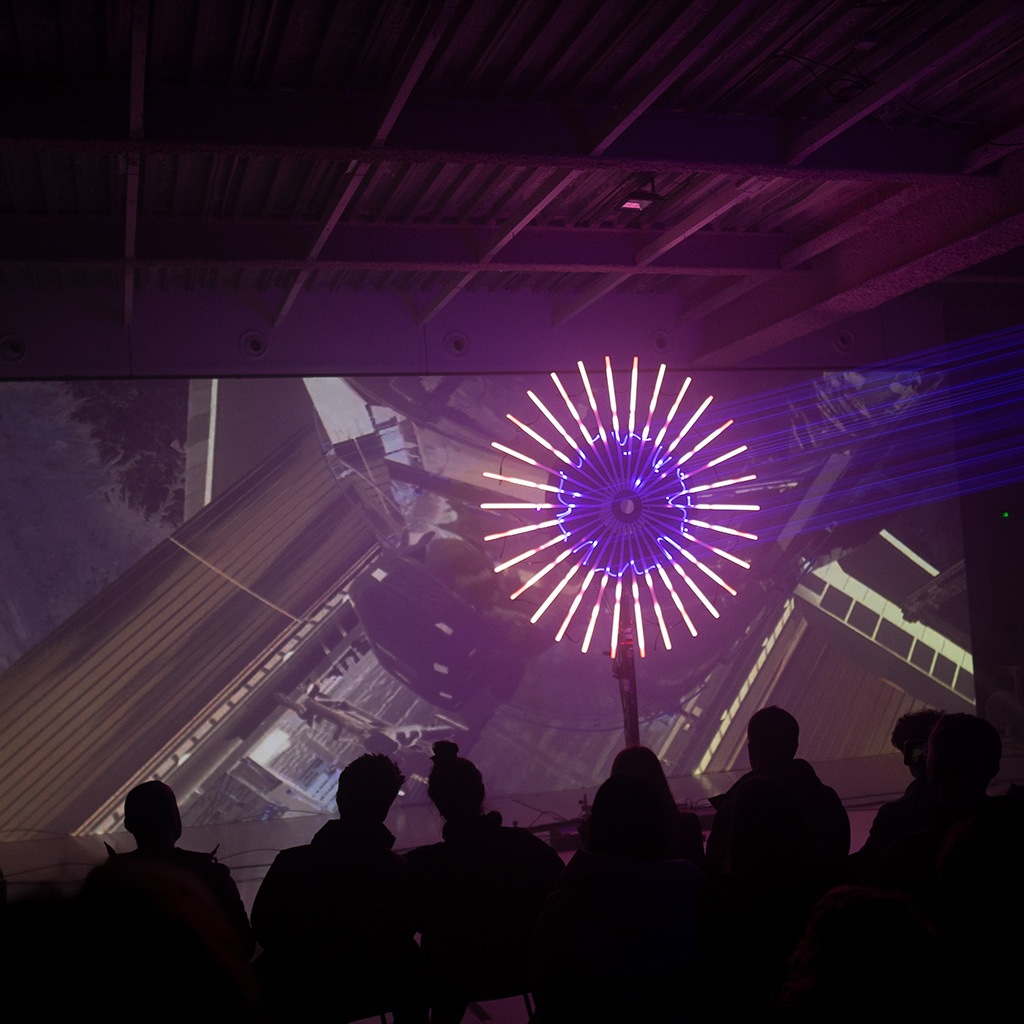Concept
What relationship exists between AI-generated animations and the illusions we experience in our dreams?
The generation of images by artificial intelligence is a phenomenon gaining popularity as technology advances. While many AI-generated static illustrations have been seen in the media in recent months, the true potential of such techniques in the field of moving images is still being developed. The latest technological advancements focus on creating videos where each frame is generated from the previous one, allowing for the creation of a sequence of movement.
Current diffusion models used to create these videos deconstruct each frame by adding noise and then reconstructing another image very similar to it, but with small and peculiar differences. When these images are played one after another at a sufficient speed, the illusion of movement is created. However, these small frame-level differences can cause a mysterious sensation, as if something were different from reality. This phenomenon surprisingly resembles the sensations we experience in our dreams.
When we dream, we often perceive strange sensations, stemming from observing scenes that don’t make much sense or don’t correspond to reality. Similarly, in AI-generated videos, these small differences can make us feel that there’s something odd in the image, something that doesn’t quite fit with what we typically experience in our existence. This parallelism may arise from both types of images being generated from an apparently random amalgamation of elements that only make sense individually. Moreover, the connection could lie in the way machine learning algorithms function to create these images. These models use vast amounts of data to learn patterns and generate new images from them, which is not very different from what the human brain does.
Swiss psychologist Carl Jung argued that dreams are a form of communication from the unconscious to consciousness, revealing universal symbols and archetypes present in the collective unconscious. Could it be that this collective unconscious is implicitly present in the images found on the internet, from which AI has been trained?
From a more formal perspective, AI-generated animations may appear unreal because this technological process employs approaches different from traditional animation methods. Often, the datasets used to train AI contain images and videos from an extremely wide variety of sources, leading to animations generated from the fusion of seemingly unrelated images. For instance, AI might combine elements from different animals to create something entirely new, unlike anything seen before. Additionally, AI can produce effects that defy the laws of physics or change unpredictably, further contributing to their strangeness.
As technology continues to advance in AI-generated video generation, new ways to simulate movement and create smoother, more natural videos may emerge, potentially mitigating their mysterious nature. However, currently, it’s intriguing to observe how the peculiar continuity of these videos surprisingly resembles our dreams, prompting reflection on the boundaries of perception and reality in our minds.







